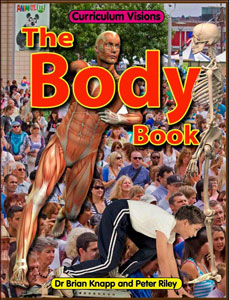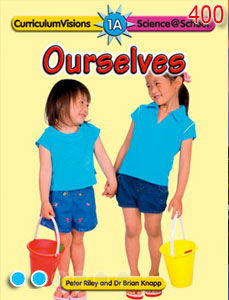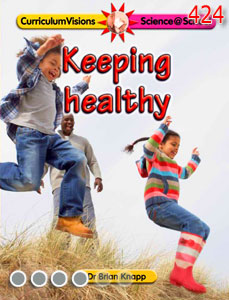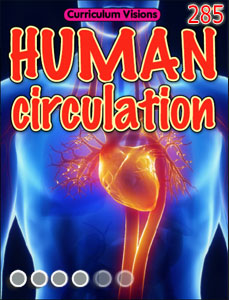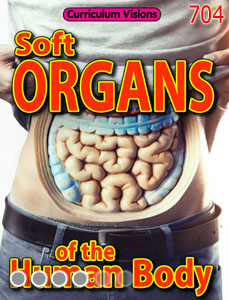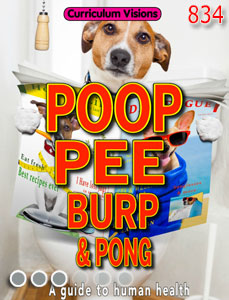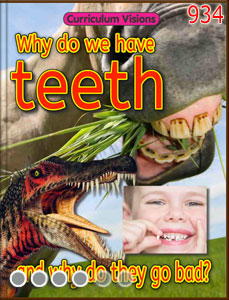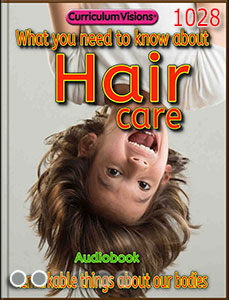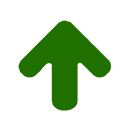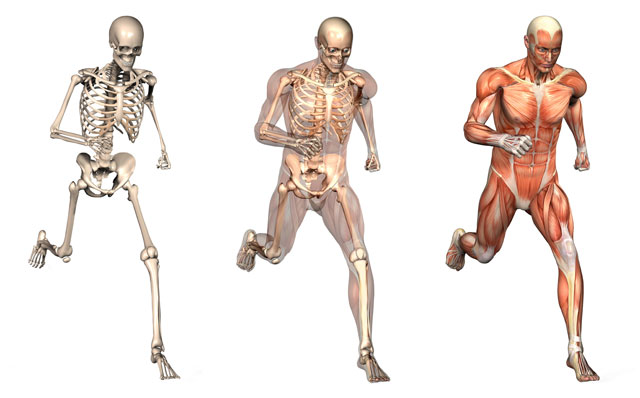The human body is made up of about 100 trillion cells.
We live because of the system of pumping blood around our bodies. The central pump for this is the heart. Using blood, oxygen from the lungs and nourishment and energy (from the gut) are carried to the tissues and organs of the body.
New sources of energy and nourishment are put into the body through the digestive system. This is a long tube which starts at the mouth and ends at the anus (bottom). It includes a bag called the stomach. The purpose of the digestive system is to dissolve as much food as possible and then use chemicals in the gut to extract the sugars for energy as well as the materials for building tissues. These are passed through the walls of the gut and sent to where it is needed using the blood.
The skin is the largest organ in our bodies, although we don't usually think of it as an organ, but as a covering. The skin protects the body from the world around. Nails and hair are all part of the skin.
Bones and muscles make up the skeleton and the tissues connected to it. New blood is made in the bones. Bones are held together by ligaments, and muscles are attached to bones with tendons. We each have 206 bones.
The brain controls the body through nerves. Nerves are very long, thin, strong-like cells that reach into every part of the body.
